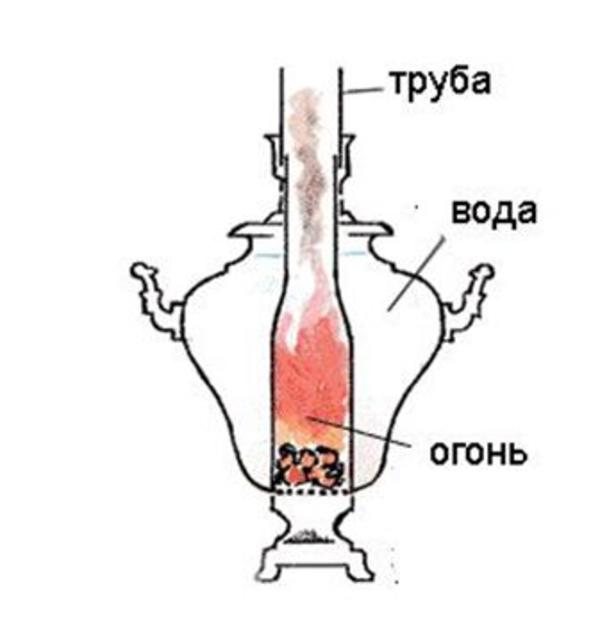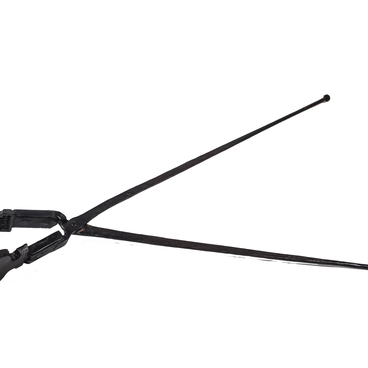The cooking samovAr usually had the shape of a deep bowl or pot. It could be used not only to boil water but also to cook several complete meals at the same time. Typically, a broth, a stew, or porridge were cooked in such samovars. This was done using a brazier pipe, which heated the water from the inside to the desired temperature, and then grains, meat, roots, or potatoes were placed into it.
Cooking samovar
Creation period
Late 19th–early 20th century
Dimensions
33 cm × 35 cm ×33 cm
Technique
Copper, knocking out
Collection
7
Open in app#1
Cooking samovar
#2
#7
An ordinary samovar consisted of only one compartment, which was heated by an internal burner filled with coals and was equipped with a spout. A cooking samovar was divided by internal vertical partitions into two or three compartments. Each compartment had its own lid. The brazier was placed in the middle so that all compartments were heated evenly. Handles on the sides made it easy to carry the samovar.
#3
Samovar working principle
#4
Although Tula has always been famous for the production of samovars in Russia, the first such devices appeared in the Urals. The State Archives of the Sverdlovsk Region contains a document of the customs service dated February 7, 1740, confirming the detention of goods from the merchants of the Irginsky plant. It mentions ‘a 16-pound, tin-plated copper samovar produced by the factory, with a device.’ When questioned, the merchants estimated its value at 4 roubles 80 kopecks. At that time, a cow, depending on the season and age, cost between two and a half and four roubles. An average house would cost you ten roubles, and a decent one twice as much. The first records of the production of samovars in Tula are preserved in the annals of the Onega monastery and date back to six years later, 1746.
#5
#6
In the Urals, cooking samovars were mainly produced by the Irginsky plant, which was managed by the Osokin brothers, and the Suksunchik plant, one of the possessions of the Demidov dynasty of industrialists. They were also produced at the Nevyansk plant, but in smaller quantities. Cooking samovars were very convenient, suitable for travel: they could be used to prepare a full-fledged lunch consisting of several dishes in any place where it was possible to start a fire, even on the side of the road. Cooking samovars remained unchanged until the second half of the 19th century, when they were finally replaced by classic samovars.
#8
State Autonomous Cultural Institution of the Sverdlovsk Region "Nevyansk State Historical and Architectural Museum"
read morehide
00:00
00:00
1x
Cooking samovar
Creation period
Late 19th–early 20th century
Dimensions
33 cm × 35 cm ×33 cm
Technique
Copper, knocking out
Collection
7
Open in app
Share



